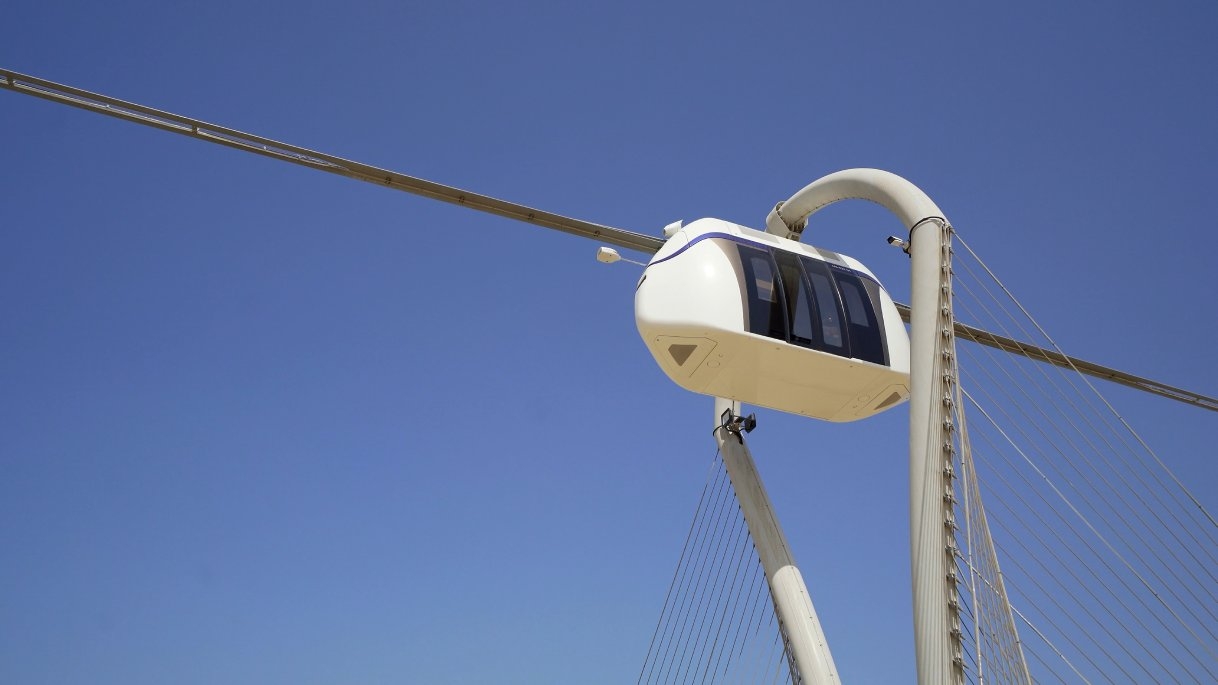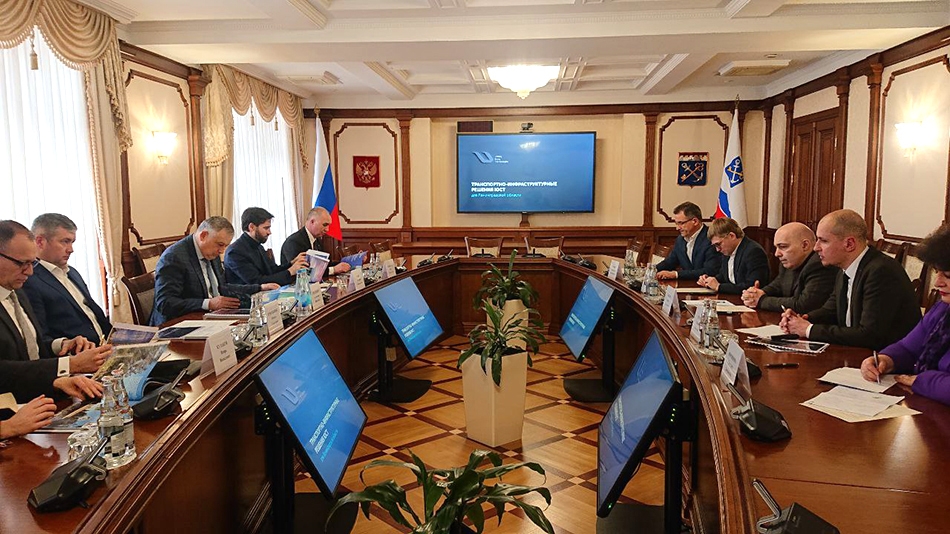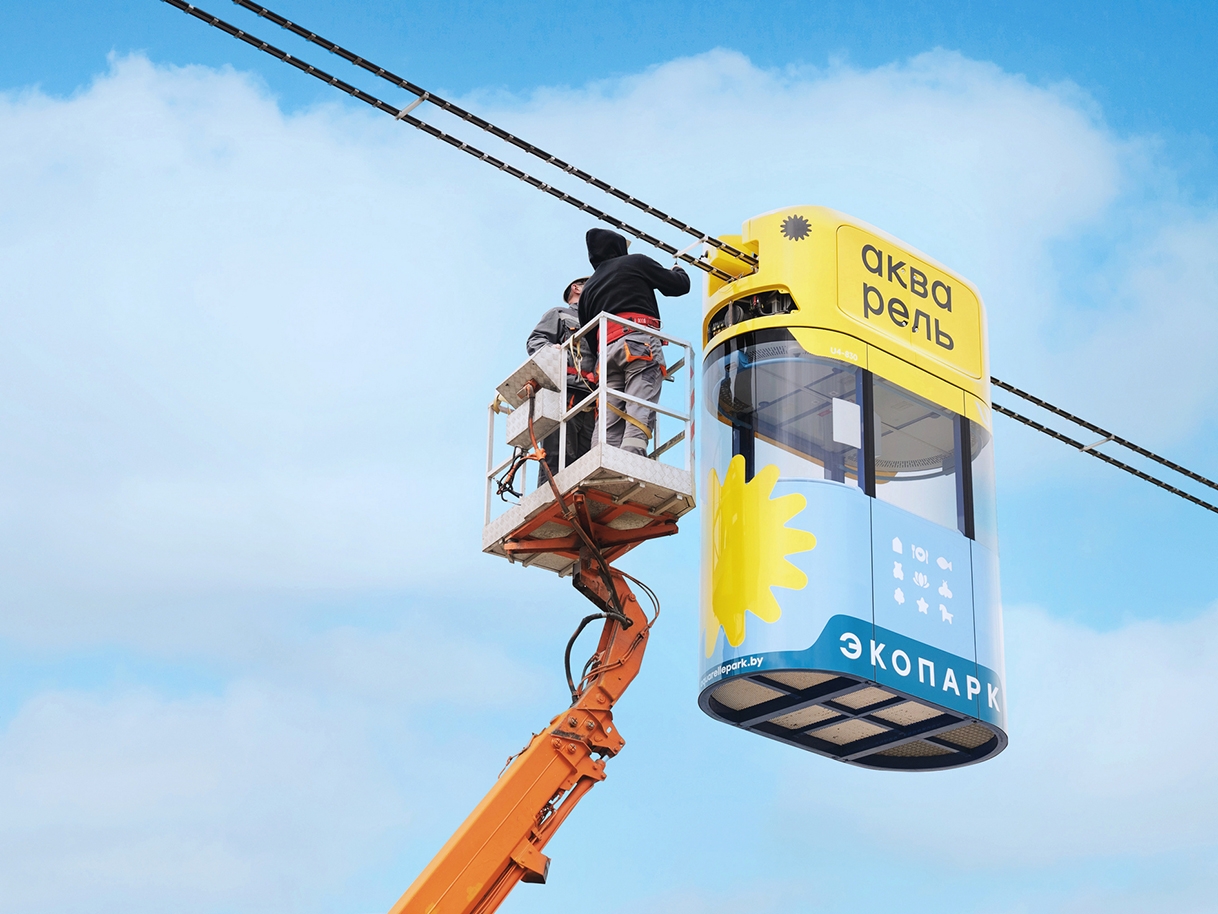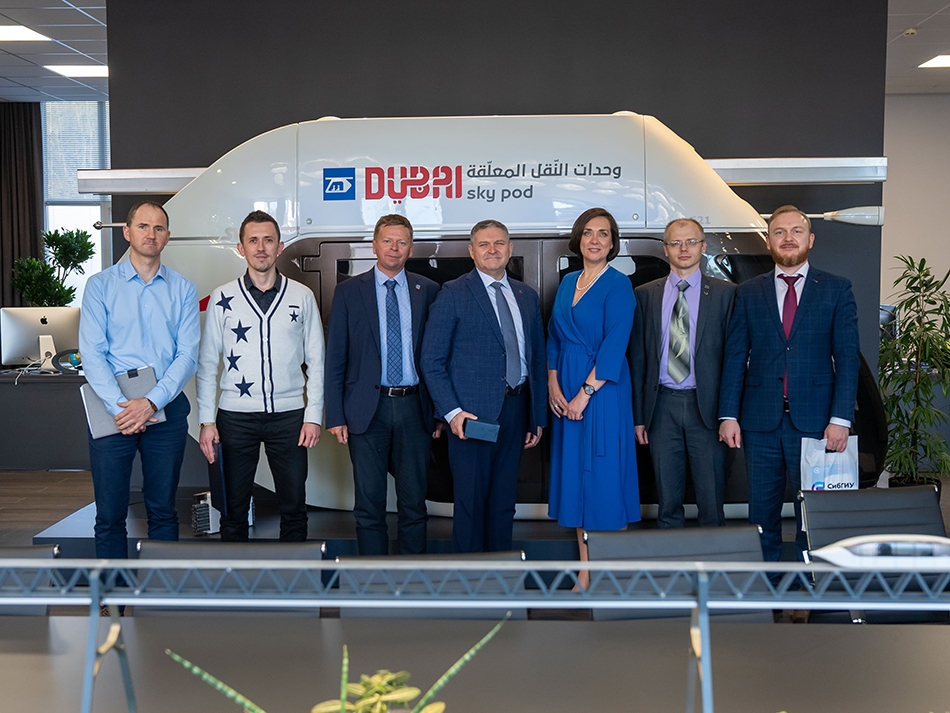What Makes uST String Rail Overpass More Reliable Than Cable-Stayed Bridge and Other Comparable Structures?

A bridge collapse is a serious accident that rarely escapes tragic consequences. Such incidents can happen even with modern structures. Some of the main causes are high winds, insufficient strength of the elements, and low stability of the towers. Learn more about the vulnerabilities of conventional bridges and the effective solution of Unitsky String Technologies Inc. embodied in uST string rail overpass.
Structurally, bridges are divided into girder, arch, pontoon, suspension and cable-stayed ones. The last two have become the most popular for crossing large water barriers. However, such structures are not always reliable. One of their major drawbacks is wind instability. If a cable-stayed bridge starts swinging from side to side, there is a strong risk of collapse. Often suspension bridges collapsed for this very reason. In 1940, for example, there was a high-profile accident with the Tacoma Bridge in Washington State. The side winds caused the roadway to sway wildly. As a result, the repeated swaying caused the cables to break and the entire structure to collapse.
"With strong wind flow, the supports are exposed to a large lateral load. In such conditions, the bridge deck can start swaying and become resonant, which causes it to collapse. In uST Transport & Infrastructure Complexes, all track structures are calculated for the entire range of wind loads and are designed with regard to aerodynamic effects," says Andrey Symanovich, head of the Transport Overpass Design Bureau, describing the solution to the problem through uST technology.

It also makes bridges less reliable and less vulnerable to seismic shocks. If an earthquake or strong water flow destroys one of the towers, the entire structure will simply collapse. In uST Transport & Infrastructure Complexes, this problem is eliminated, too. The string rail overpass is resistant to such extreme hazards as floods, tsunamis, and earthquakes. If one or even several supporting towers collapse, the track structure will remain whole owing to the pre-stressed strings in its structure. The string rail track will sag (the deflection between supports will enlarge), but it will not collapse. In any case, the transport will not derail and will get passengers to their destination.

More news

News
29 March 2023
UST Inc. Is Working Out a Concession Agreement for the Complex Construction in the Leningrad Region
Leningrad region authorities are interested in using the transport and infrastructure solutions of Unitsky String Technologies Inc. One possible project is the construction of an overhead string rail overpass in the town of Murino and the village of Novoye Devyatkino.

uLite
3 August 2023
The uLite: Next Stage – Transition to Cargo and Passenger Transportation
Activities on the first commercial project of UST Inc. are going on schedule.

News
17 April 2024
UST Inc. was visited by a delegation from a technical university in Russia
The Siberian State Industrial University management visited the office of Unitsky String Technologies Inc.

